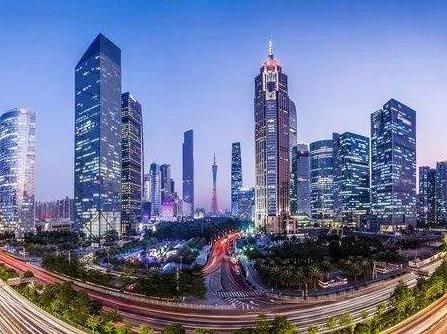BEIJING, July 17 (Xinhua) -- Despite rising downward pressure from both home and abroad, China's economy grew steadily in the first half of 2019, indicating its strong resilience and great potential to secure long-term stable development.
China's economy grew 6.3 percent year-on-year in the first six months this year, the National Bureau of Statistics (NBS) said on Monday. Although the headline growth saw a slight retreat, it meets market expectations and falls within China's annual target range of 6-6.5 percent.
The hard-won increase was achieved against the backdrop of slower global economy growth.
With increasing uncertainties, the International Monetary Fund in April cut its outlook for global growth to 3.3 percent, the lowest since the 2008 financial crisis. Meanwhile, Washington's protectionist trade measures continue to chill market confidence and business investment, and weigh down the growth of global free trade.
However, such a complex circumstance has only strengthened China's determination to stick to the path of reform and opening-up, a key source of power that has fueled its economic development for decades.
At home, China has continued to press ahead with structural reforms and market transition to make the economy more balanced and optimized. Rather than resorting to "flood-like" stimuli to handle downward pressure on growth, China has been increasingly relying on a "drip irrigation" method to support the real economy and shore up domestic consumption. Thanks to these efforts, consumption now plays a major role in driving economic growth, with final consumption contributing to 60.1 percent of economic expansion in the first six months.
To encourage innovation, a major driver of high-quality growth, the Chinese government has taken a slew of measures such as offering preferential tax policies to innovators and ensuring fair competition.
These efforts have produced desired results. NBS data show that high-tech manufacturing output in H1 rose by 9 percent over a year earlier, 3 percentage points higher than the overall industrial growth.
To fight the spectre of rising protectionism that is hindering global economic recovery, China is calling on nations worldwide to uphold multilateralism and preserve the rules-based multilateral trading system.
Beijing has chosen to stay committed to further opening up its market to overseas investors, and actively deepening its cooperation with partners around the world.
Over the past years, China has fulfilled its promise by broadening market access, creating a more attractive investment environment, expanding imports and strengthening protection of intellectual property rights. Earlier this year, China's National People's Congress passed the foreign investment law, a landmark legislation that will provide stronger protection and a better business environment for overseas investors.
According to China's Ministry of Commerce, the actually utilized foreign investment in China rose 7.2 percent from a year ago to reach 478.33 billion yuan (69.6 billion U.S. dollars) during the January-June period, and more than 20,000 new foreign-funded enterprises were established, a testimony of China's huge appeal to worldwide capital.
Nevertheless, harder tests still lie ahead, and China still needs to summon even greater courage to cope with challenging global economic circumstances, and to initiate bolder and broader economic and financial reforms, so as to meet its growth target.
The good thing is China was neither a stranger to nor a flincher before difficulties along its path to the world's second largest economy over the past 40 years. This valuable experience, coupled with Beijing's strong determination to stick to reform and opening up, provides a solid foundation for its effort to achieve a more sustainable development.




 A single purchase
A single purchase









